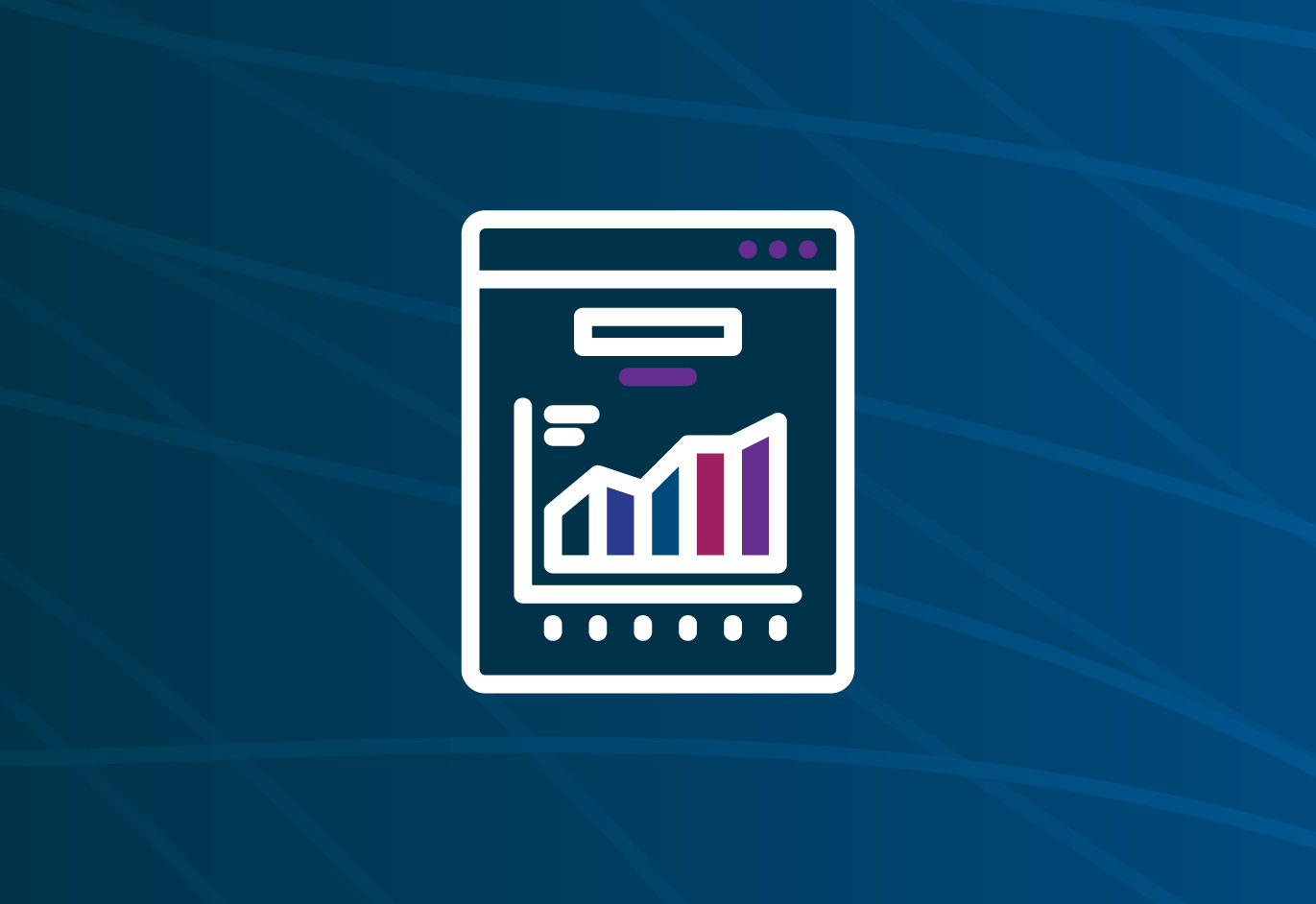
Cross-border data transfers are integral to the effective deployment of data analytics solutions to enhance economic growth, help advance scientific progress, promote cutting-edge research and development (R&D), and solve pressing health-, climate-, and other challenges. Science- and innovation-oriented organizations at the international and national levels make clear that these activities depend on the application of data analytical techniques to data sourced globally.
From developing predictive models to deploying and using analytical solutions, data analytics systems are “trained” by ingesting large data sets to identify underlying patterns, relationships, and trends that are then transformed into mathematical models that can make predictions based on new data inputs. These data sets often originate from geographically dispersed sources across transnational digital networks, making it imperative that data can move seamlessly and securely across borders. To secure the insights and other benefits that data analytics can provide, it is important to permit access and consolidation of data sets across borders.
Smart and responsible deployment of data analytics solutions, supported by data inputs from across the globe, can help advance improvements in healthcare, modernize education, expand accessibility tools, strengthen cybersecurity, and increase business productivity and competitiveness. For example, analytical techniques applied to health data transferred across transnational digital networks helped fast-track COVID-19 vaccine development, cutting timelines from years to months, as researchers analyzed data from around the world to quickly identify potential treatments.
